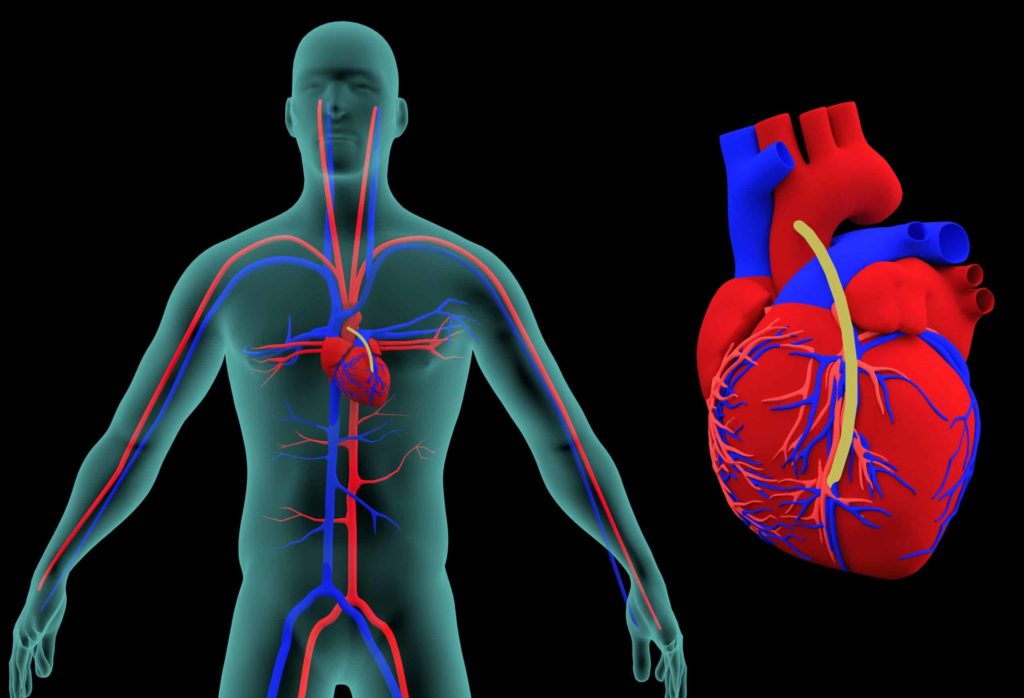World’s first nano-scale design to mimic natural blood vessels
New materials developed by University of Melbourne researchers stop potentially deadly blood clots forming in the treatment of many cardiovascular diseases.

Fatemeh Karimi, a postdoctoral researcher, and her team have developed a new material that can be used to create artificial veins and arteries with nano-scale design used as replacements in heart and stroke surgery.
“Current synthetic grafts are suitable for replacing vessels with large diameters – those more than 6 mm,” she says. “But coronary arteries are much smaller and the synthetic blood vessels often fail when blood proteins interact with the materials and form clots.”
In a world-first, she and her team designed biomaterials that mimic the structure of real blood vessels.
“Our own blood vessels have cells on their surface that help prevent clotting but these cells cannot grow on traditional materials used for in cardiovascular surgey,” Dr Karimi says.
“But they can grow on the surface of the material I developed and so act in the same way as natural systems.”
Cardiovascular disease is the leading cause of death globally, with more than 17 million fatalities a year.
Nearly 170 people a day in Australia are struck by heart attack or stroke causing suffering for them and their families and a huge burden on the health services.
While surgery to replace damaged parts of veins and arteries is very sophisticated success rates have been impact by limitations in the materials.
Plastic tubing is often used, for example, in coronary heart disease by patching injured or diseased areas of the artieries or replacing whole segments.
Vessels taken from other parts of the body can be transplated to restore blood flow to the heart, but this isn’t always possible. The blood vessles of patients with other diseases, such as diabetes are not suitable for use and it is also problematic in patients who have had vessel transplantation.
Dr Karimi’s next-generation biomaterial-based vessels could come into their own in these cases..
“This new approach to materials potentially plugs an important gap in the field,” says Dr Karimi.
“Now we need a more comprehensive study and testing to get these new materials into clinical use.”





 Fresh Science is on hold for 2022. We will be back in 2023.
Fresh Science is on hold for 2022. We will be back in 2023.